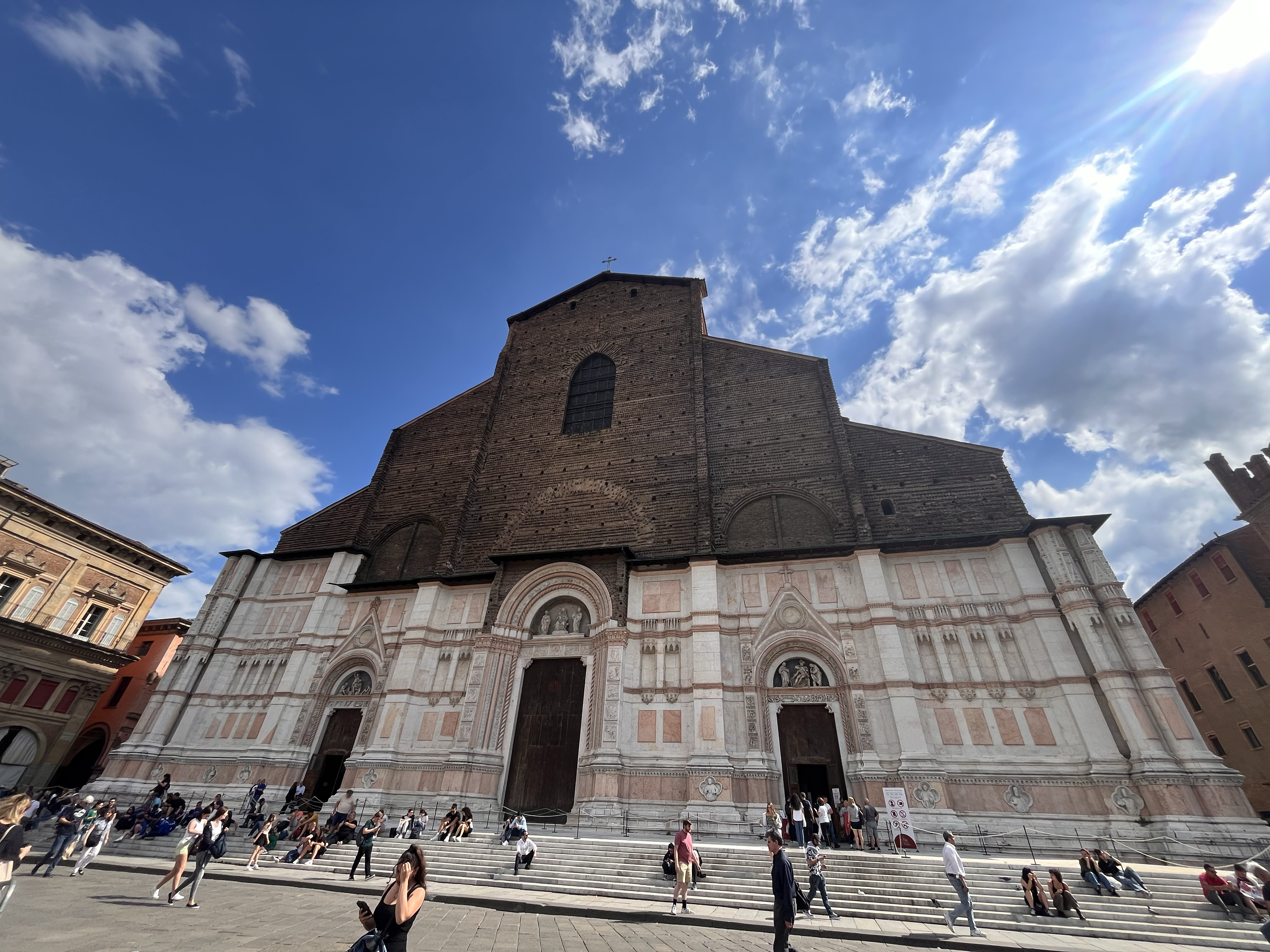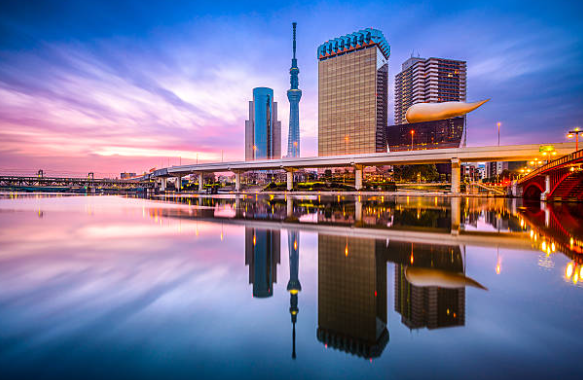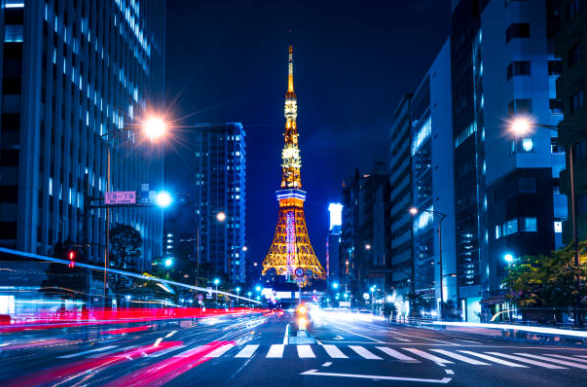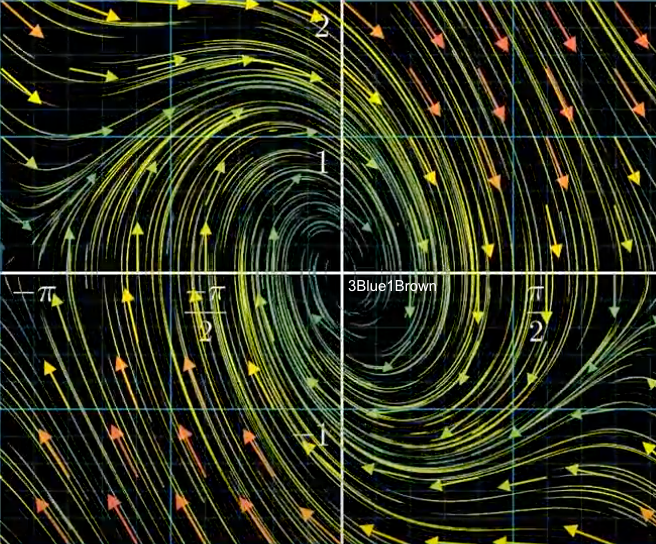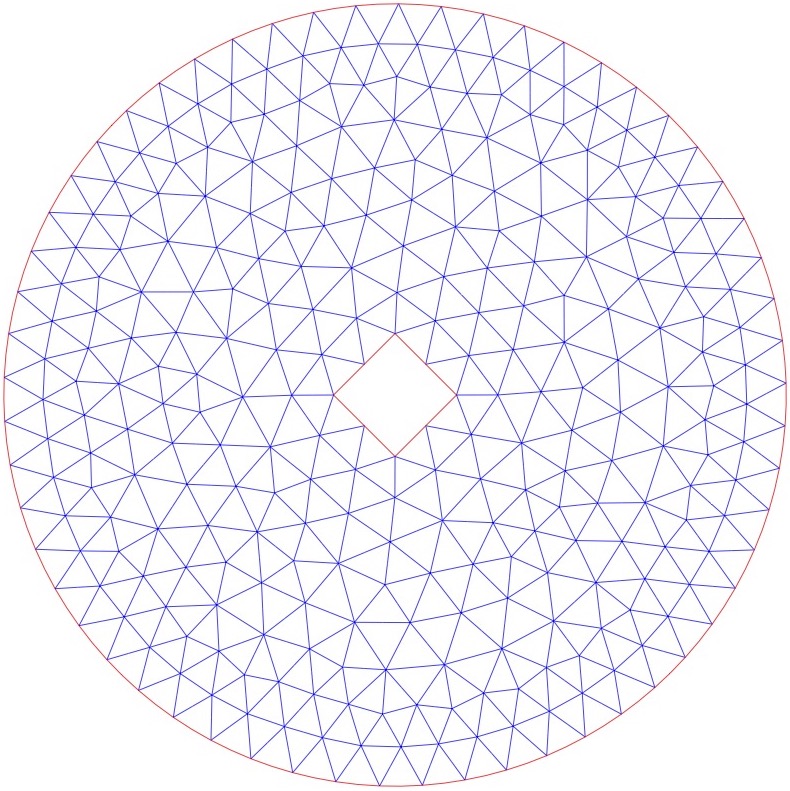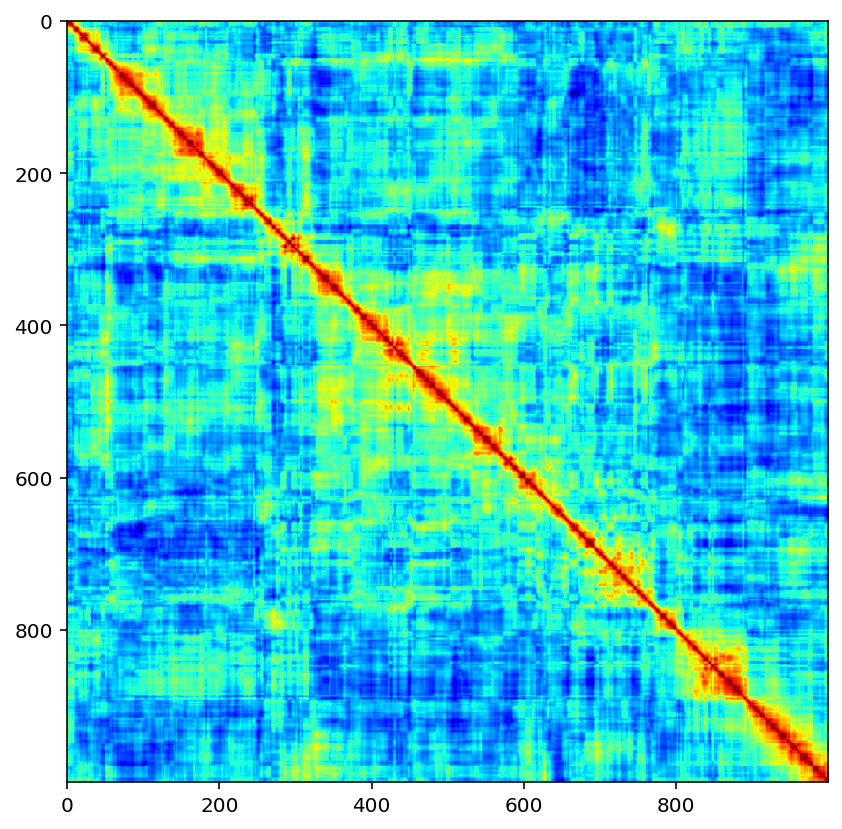This course provides an introduction to the field of data science. As befits a rapidly developing, interdisciplinary subject, we will draw on recent and relevant materials from statistics, mathematics, and computer science, as well as many application domains. Motivated by natural questions that arise from real data examples, we will cover many of the basic techniques for working with data including sourcing raw data, cleaning and processing, exploring and analyzing, and working with real data in the R programming language.
In addition to familiarizing you with basic tools and methods, this course will provide a broad exposure to the diverse types of data analytics projects that are being conducted around the world. A key component of the course will be critically analyzing published data analytics works and discussing their strengths and shortcomings. Finally, as data driven practices are becoming common in many career fields, we will focus on professional development topics such as
presentation skills and examples of the ethical and legal issues that can arise in modern data analysis projects.
